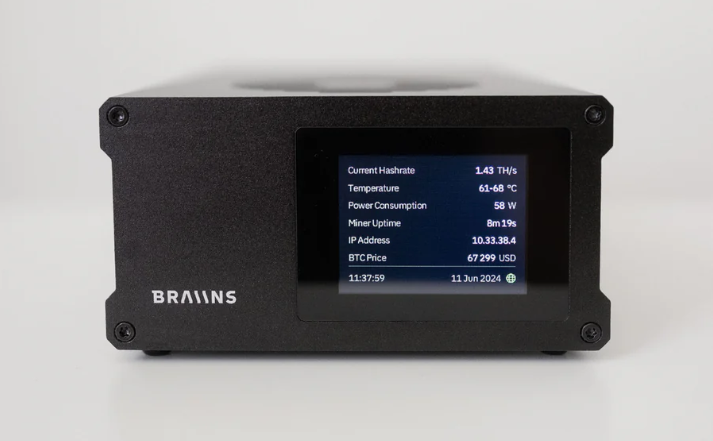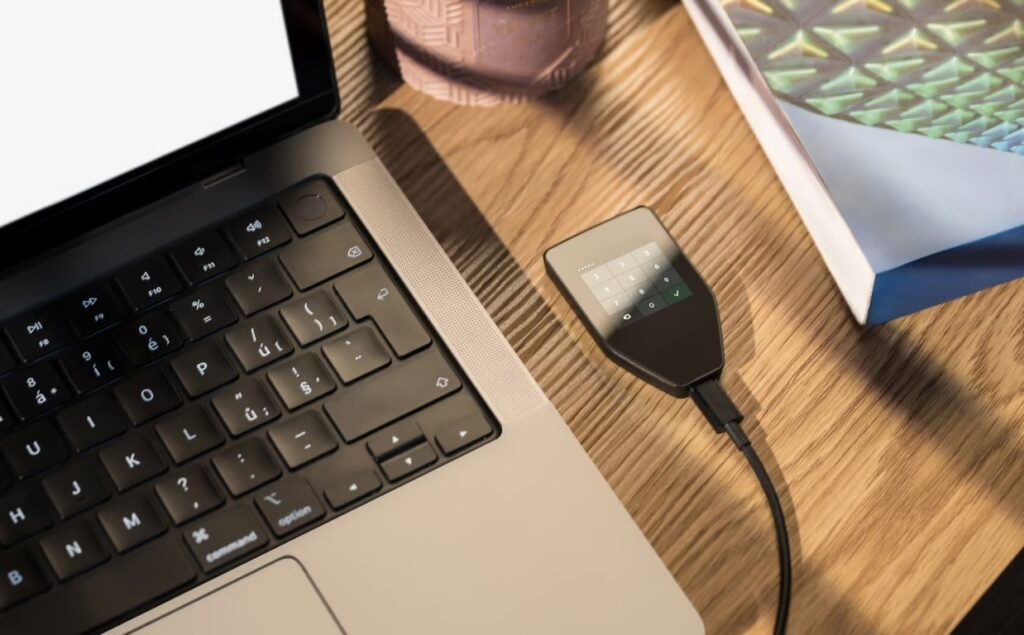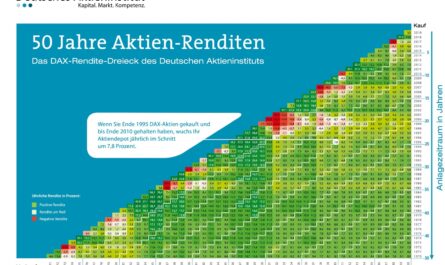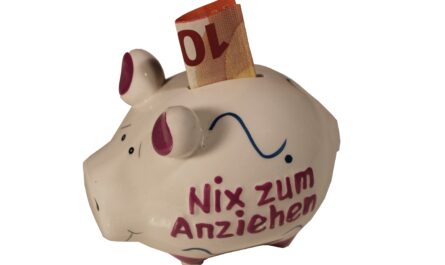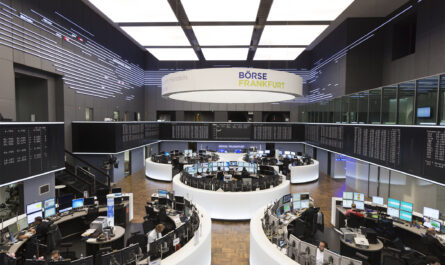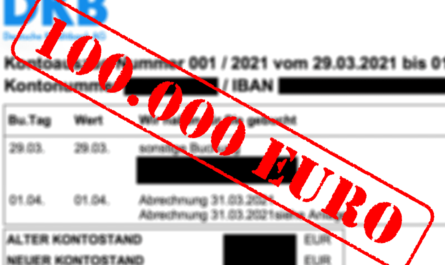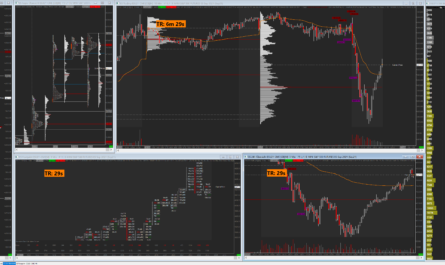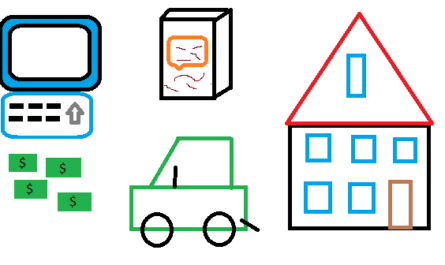BTC Prague 2024, one of the largest Bitcoin events in Europe, took place from June 13 to 15, during which not only numerous lectures and workshops on the topic of Bitcoin were held, but also many new products were presented. One of these is the BMM 100 Mini Miner from Braiins. This is a lottery miner, similar to the NerdMiner V2 or the Bitaxe Ultra, both of which we have already presented in detail in this blog.
The Czech company operates one of the oldest mining pools for Bitcoin and claims to have mined more than 1.25 million Bitcoin since 2010. The BMM 100 Mini Miner has now been introduced to make home mining acceptable in countries with rather high electricity prices. With dimensions of 134 x 214 x 68 mm and a weight of 1,250 g, this rather compact miner can mine Bitcoin completely autonomously.
The integrated 60.2 x 42.7 mm screen not only displays important data such as the current computing speed, hardware temperatures and current power consumption, but also provides information on the Bitcoin price and its development over the last day. The display has a resolution of 320 x 240 pixels.
Lottery mining with 1 Th/s and 40 W
Under the hood are a total of four BM1366 ASIC chips, which achieve a hash rate of around 1 Th/s and are said to consume around 40 W of power. Overclocking is even possible on request, whereby the power consumption then rises to up to 55 W. The in-house BraiinsOS+ operating system is used. There is also 2 GB of RAM and 4 GB of internal memory, which can theoretically be expanded via an SD card slot. Communication takes place via an Ethernet port with Gigabit speed. The cooling of the mini miner is said to be very quiet for home use, with Braiins specifying the background noise at 40 dB(A).
This makes the Braiins BMM 100 Mini Miner significantly more powerful than the Bitaxe Ultra, which achieves around 500 GH/s at around 12 W. However, the community now also has other versions up its sleeve, such as the Bitaxe 401 Supra, which achieves around 600 GH/s at less than 20 W, or the Qaxe+, which also has four BM1366 chips and is said to achieve 2.4 TH/s at 55 W.
However, the probability of even finding a Bitcoin block with such devices remains very low. Such projects help to make the mining process easier and can further advance the decentralization of the network. The BMM 100 Mini Miner will cost 199 US dollars.
New hardware wallet with color touchscreen
Also presented at BTC Prague 2024 was the Trezor Safe 5, a new hardware wallet that is a revised version of its predecessor, the Trezor Safe 3. It is available in four colors and can be connected to a laptop, PC or smartphone via a USB Type-C interface. The 1.54-inch touchscreen, which is now a color display with a resolution of 240 x 240 pixels and even offers haptic feedback, can be used to confirm transactions or set up the device in the first place. A new feature is the SLIP39 Shamir backup protocol, which can be used to split the seed phrase in order to distribute it incompletely to different trusted persons. Multishare increases security enormously, although single-share is of course still possible with Trezor Safe.
The new Trezor Safe 5 will be available from July at a price of 169 US dollars. Pre-ordering is now possible via the manufacturer’s online store.
- Der Bitcoin-Standard Die dezentrale Alternative zum Zentralbanken
- Produkttyp ABIS BOOK
- Sprache Englisch
- Ammous, Saifedean (Author)
Letzte Aktualisierung am 2024-09-02 at 02:54 / Affiliate Links / Bilder von der Amazon Product Advertising API

